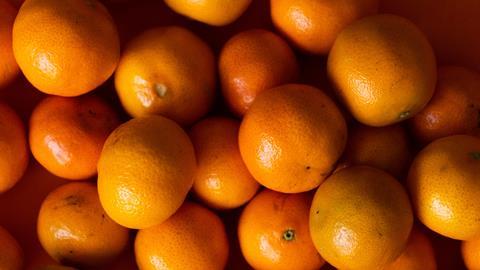Research aims to facilitate decision-making by fruit producers against backdrop of water scarcity
Frutas de Chile has launched a new study to help fruit growers in Coquimbo identify which are the most profitable crops to grow. Coquimbo has been in the grip of a serious drought for many years, and prioritising water use is a major challenge for the region’s growers.

The analysis, carried out by the Regional Strategic Programme for Sustainable Fruit Growing in the Coquimbo Region, will set out, amongst other things, the income generated by the main fruit crops in the region for each cubic metre of water they require.
The programme manager, Victor Muñoz, said that the aim is to provide a different perspective, “to see which crop generates more income or greater profitability per cubic metre of water, as opposed to the yield being measured in kilograms per hectare and those kilos then being converted to pesos or dollars”.
The Coquimbo Regional Strategic Programme for Sustainable Fruit Growing is a Frutas de Chile initiative, financed by Corfo and the Regional Government of Coquimbo. Its aim is to produce high-value, safe and harmless fruits through the transfer of tools, knowledge and techniques.
Andrés Zurita, regional director of Corfo, said: “this information will be crucial to improve the efficiency and sustainability of water use in regional fruit growing, providing data for decision-making on reconversion or specialization of crops”.
The first results of this study are expected to be available at the end of November.
A similar analysis carried out in the Limarí basin in 2018 determined, for example, that the total cultivated area of olive, walnut, almond and lemon trees generated similar income, but had a different total water demand.
At the same time, there were crops that had a similar total water demand, such as mandarin, avocado and olive, but that generated different levels of income.
This study will update this information to facilitate decision-making by fruit producers in the region, considering the current situation and the availability of water.



